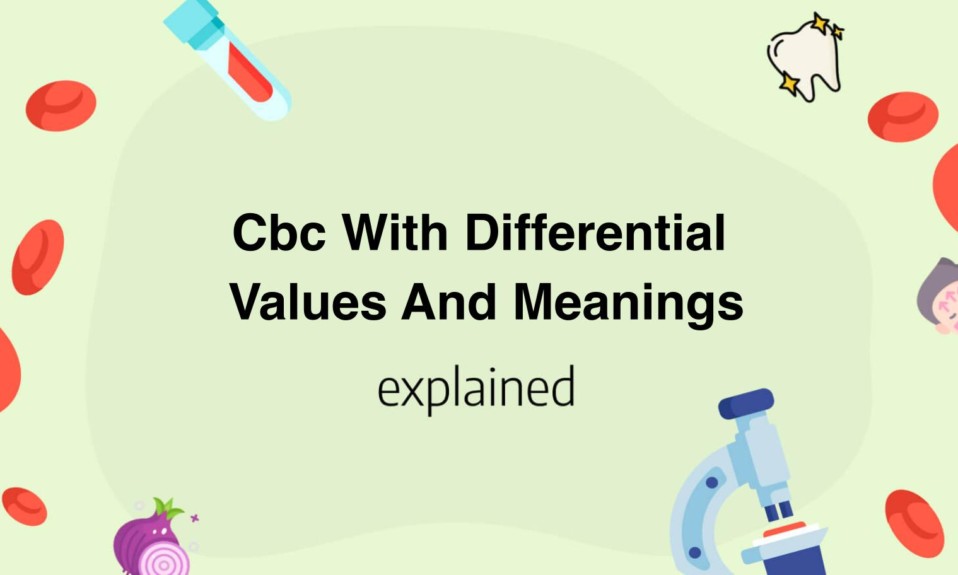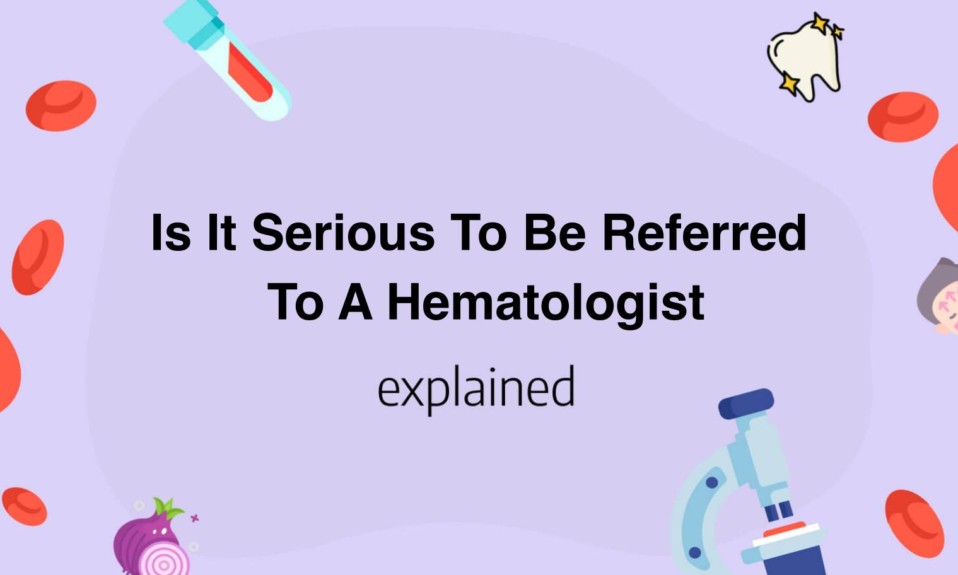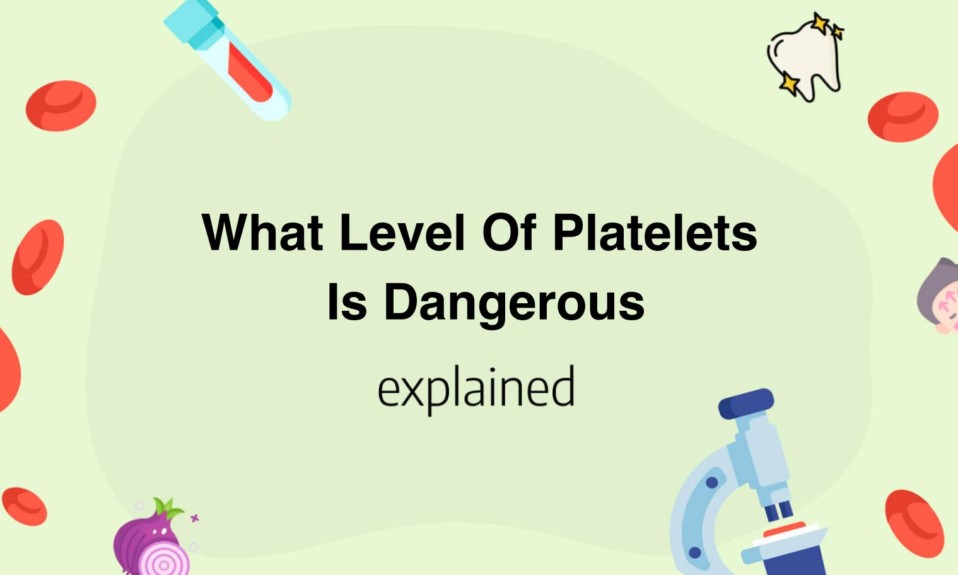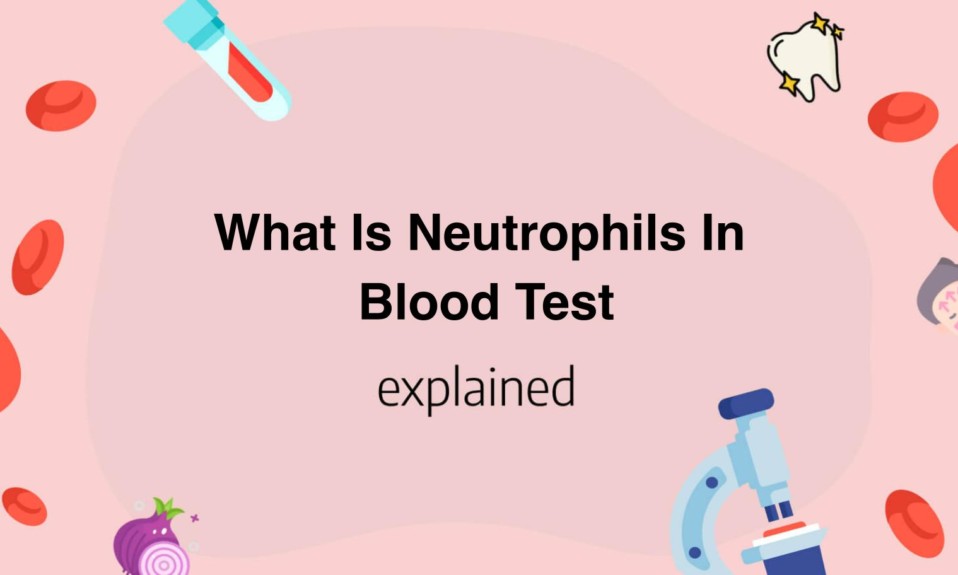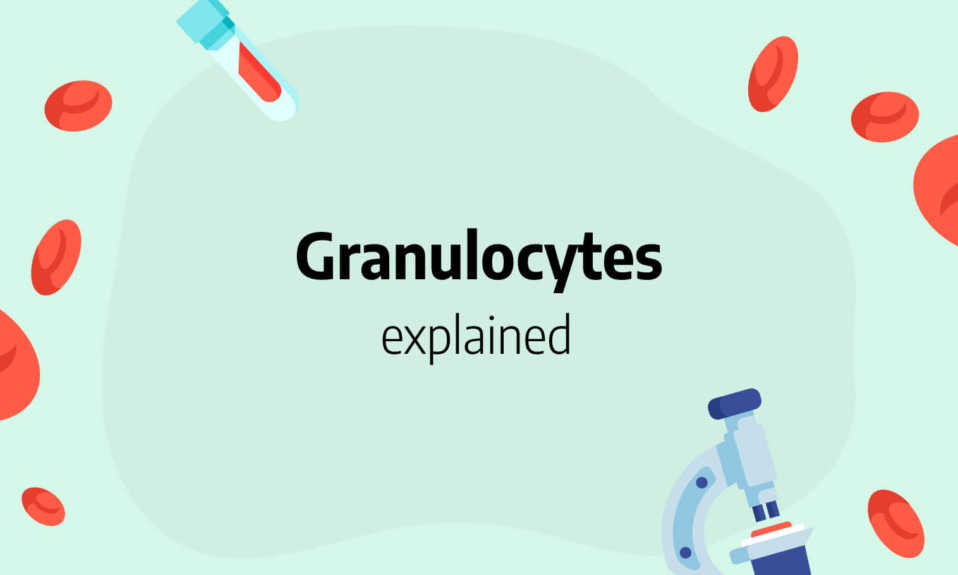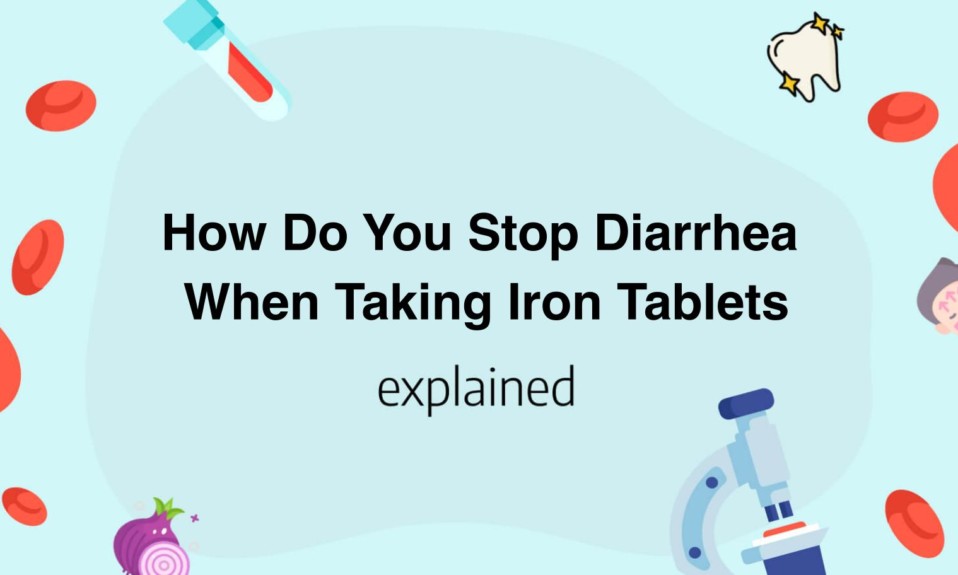If you’re dealing with cut gums, you’re probably wondering: how long do cut gums take to heal? There are various factors that can impact the healing process, such as the severity of the cut, the location of the cut, and your overall oral health.
In this article, we’ll take a closer look at what you can expect when it comes to the healing timeline for cut gums.
Understanding this information can help you manage any discomfort and take steps to promote faster healing.
Understanding the healing process of cut gums
Cut gums can result from various reasons, such as an injury, brushing teeth too hard, or gum disease.
The healing process for cut gums can take anywhere from a few days to several weeks, depending on the severity of the cut.
Initially, the cut may bleed and appear red and swollen.
To prevent infection and promote healing, it is important to keep the area clean with antiseptic mouthwash and regular brushing and flossing.
One of the best remedies for cut gums is salt water rinse.
Simply dissolve a teaspoon of salt in warm water and swish it around in your mouth for a few seconds before spitting it out.
This helps to reduce inflammation and prevent infection.
Another effective remedy is to apply a small amount of honey to the affected area.
Honey is known for its antibacterial properties and can help to reduce inflammation, promote healing, and prevent infection.
It is important to avoid certain foods and behaviors during the healing process of cut gums to prevent further irritation.
Hard and crunchy foods, such as nuts and chips, should be avoided as they can cause further damage to the cut.
Smoking can also hinder the healing process, as it reduces blood flow to the gums and increases the risk of infection.
If the cut is severe or does not seem to be healing properly, it is important to seek medical attention.
A dental professional can assess the severity of the cut and provide appropriate treatment, such as sutures or antibiotics.
In conclusion, the healing process for cut gums can take time and patience.
By following the proper oral hygiene practices, utilizing natural remedies such as salt water and honey, and avoiding further irritation, you can promote healing and prevent infection.
If in doubt, always seek professional medical advice to ensure a complete and proper recovery.
Factors that can affect healing time of cut gums
There are several factors that can affect the healing time of cut gums.
Good oral hygiene practices are essential for ensuring a speedy recovery.
Brushing your teeth at least twice a day and flossing daily can help prevent infection and inflammation in the affected area.
Avoiding hard and crunchy foods that can irritate the gums is also important.
Soft foods like yogurt, oatmeal, and applesauce are recommended during the healing process.
Other factors that can affect healing time include age, overall health, and the severity of the cut.
Older individuals or those with compromised immune systems may experience slower healing times.
Similarly, deeper cuts may require more time to heal than superficial ones.
Nutrition also plays a vital role in the healing process.
Vitamins C and K, for instance, are essential for promoting healthy gum tissue.
A diet rich in fruits, vegetables, and lean protein can help speed up the healing process.
Smoking can significantly slow down the healing process of cut gums.
Nicotine and other chemicals in cigarettes can delay healing and increase the risk of infection.
Finally, stress can also impact the healing of cut gums.
Studies have shown that stress can weaken the immune system, making it harder for the body to fight off infection and inflammation.
In conclusion, taking care of your oral health, avoiding irritating foods, eating a healthy diet, avoiding smoking, and managing stress are all essential for ensuring a speedy recovery from cut gums.
If you experience any unusual symptoms or slow healing, be sure to contact your healthcare provider.
How to promote faster healing of cut gums
To promote faster healing of cut gums, there are a few tips you can follow.
First, maintain good oral hygiene by brushing twice a day and flossing regularly.
This will help prevent infection and keep the area clean.
Avoid smoking and alcohol consumption as they can slow down the healing process.
Secondly, try using a saltwater rinse.
Mix half a teaspoon of salt with a cup of warm water and rinse your mouth with it for at least 30 seconds before spitting it out.
Salt helps reduce inflammation and kill bacteria.
You can do this 2-3 times a day.
Another great strategy is using a cold compress.
Apply a cold compress to the affected area for 10-15 minutes at a time.
This can help reduce pain and swelling caused by the cut.
Make sure to wrap the compress in a thin cloth to avoid direct contact with the gums.
A cold compress can be useful for the first day or two after the injury.
Certain foods can also promote faster healing.
For instance, eating foods rich in vitamin C can help stimulate the production of collagen, which is essential for the formation of new tissue.
Citrus fruits such as oranges, strawberries, and kiwi are great sources of vitamin C.
You can also consider taking vitamin C supplements if you don’t get enough from your diet.
In addition to these tips, it’s crucial to stay hydrated and avoid hard or crunchy foods that could irritate the affected area.
Also, if the wound doesn’t heal within a few days or gets worse, make sure to see a dentist right away.
A dental professional will examine your gums and recommend the necessary treatment.
By following these tips, you can promote faster healing of cut gums and maintain good oral health.
Read also: How to Fix a Cracked Tooth Naturally
Best practices for maintaining oral hygiene during healing
One of the most important aspects of maintaining oral hygiene during the healing process is keeping the area clean.
Brushing and flossing are essential components to ensuring the area remains free of bacteria and debris.
However, it is important to approach this process with care, as to not interfere with the healing process.
Soft-bristled toothbrushes should be used to gently clean the surrounding teeth and gum tissue, taking care to avoid the wound site.
When flossing, it may be necessary to use interdental brushes or floss threaders to work around the wound site, again taking care not to disrupt the healing process.
In addition to oral care, a healthy diet rich in vitamins and minerals can promote the healing process.
Calcium and Vitamin D are particularly important for strong teeth and healthy bone tissue.
Avoiding acidic and sugary foods and drinks during the healing process can also prevent further damage or infection to the wound site.
Finally, regular dental check-ups are essential to ensuring proper healing and preventing further complications.
Your dentist may recommend a prescription mouthwash or other cleaning solutions to aid in the healing process.
It is important to follow their advice closely and not to deviate from the prescribed care plan.
Maintaining oral hygiene during the healing process can be challenging, but it is essential to prevent further complications and promote proper healing.
By following these best practices and taking care to avoid interfering with the healing process, patients can expect a successful and stress-free recovery.
Read also: How to Heal Burnt Tongue: Tips for Quick Relief
Nutritional recommendations to heal cut gums faster
Nutritional Recommendations to Heal Cut Gums Faster
To promote healing for cut gums, it’s important to consume a balanced diet rich in vitamin C, vitamin K, and iron.
Vitamin C is essential for collagen synthesis, which is necessary for wound healing.
Citrus fruits like oranges, strawberries, and lemons are excellent sources of vitamin C.
Kale, spinach, and broccoli are also great sources of vitamin C, as well as vitamin K, which plays a role in blood clotting.
Iron is important for oxygen transport to the wound site, and can be found in red meat, beans, leafy greens, and fortified cereals.
In addition to these specific nutrients, it’s important to stay hydrated by drinking plenty of water.
Water helps to flush out toxins and keeps the mouth clean.
Avoid sugary and acidic foods and drinks, which can irritate the gums and slow down the healing process.
Instead, opt for foods that are gentle on the gums like soft fruits, cooked vegetables, and yogurt.
To further promote gum healing, consider incorporating probiotics into your diet.
Probiotics are good bacteria that help to balance the gut microbiome and improve oral health.
Kimchi, kefir, sauerkraut, and yogurt are all good sources of probiotics.
Finally, consider incorporating anti-inflammatory foods into your diet to help reduce inflammation in the gums.
Turmeric, ginger, blueberries, and green tea are all anti-inflammatory and can help to promote gum healing.
In conclusion, a balanced diet rich in vitamin C, vitamin K, iron, and probiotics, along with plenty of hydration and anti-inflammatory foods, can help to promote healing for cut gums.
Avoiding sugary and acidic foods and drinks is also important to prevent further irritation to the gums.
By following these nutritional recommendations, you can promote gum healing and overall oral health.
Read also:


